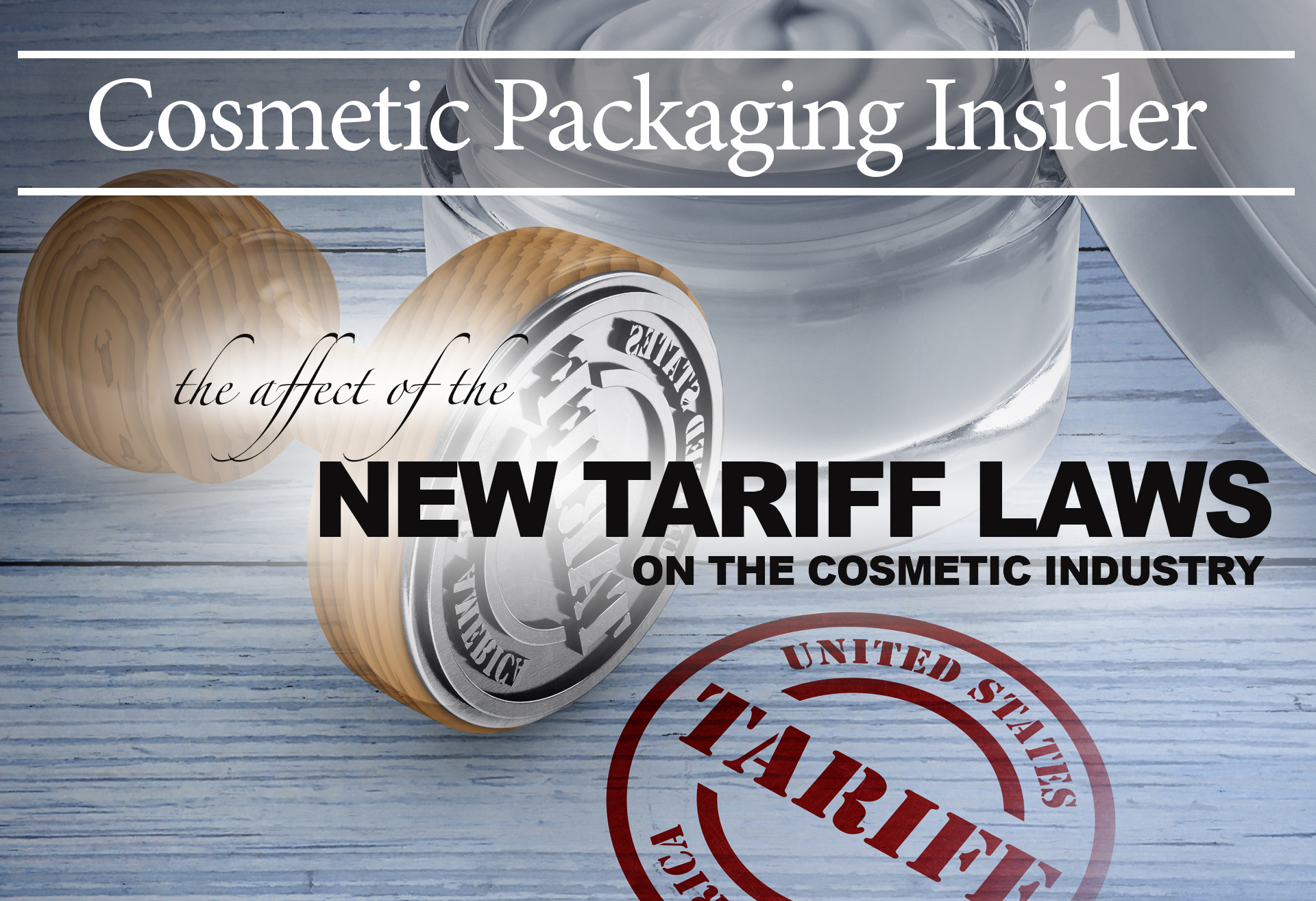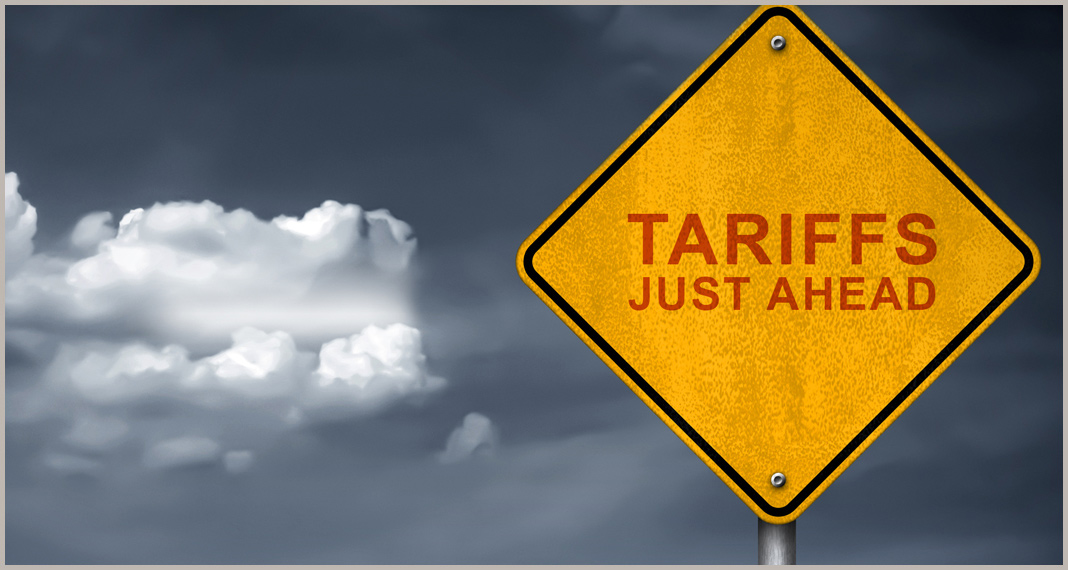
Your online cosmetic and personal care product packaging resource!
“Companies are also concerned how increased costs can translate into a disruption in product supply, a reduction in customer orders, and a possible erosion of customer loyalty...”


s most people know, President Trump has increased U.S. Tariffs on 200 billion dollars of Chinese goods from 10% to 25%. This tariff impacts roughly half of all Chinese exports to the U.S. But how do these laws specifically affect the cosmetic industry?

Some companies have spent decades establishing factories in China to produce low cost products and export them using efficient shipping routes to West Coast ports. Companies that have not established their own factories in China have still invested a good deal of time to simply find Chinese manufacturers that are able to provide the low cost, yet high quality products that U.S. consumers demand. Changing the supply chain by switching from established long time suppliers to suppliers based in other countries is not easy. Not only can there be language barriers, but the task of finding a new supplier that has the ability to manufacture existing product lines can be daunting.
Companies are also concerned how increased costs can translate into a disruption in product supply, a reduction in customer orders, and a possible erosion of customer loyalty as customers defect to lower priced competitors. Products like soap, manicure items, and deodorant are all on the list of goods affected by the tariffs. As these products are used daily by American consumers, the effect of these tariffs is multiplied.
Take Proctor & Gamble as one example. They have lines of shampoo products such as Head & Shoulders, Olay, and Pantene that use a plastic hand pump that is made in China. So the cost of every bottle that uses this hand pump becomes more expensive for consumers. Furthermore, the increased cost of the soap ingredients inside each bottle compounds the cost to the consumer. Multiply this by the sheer number of cosmetic and personal care products that Americans use daily and the cost of these tariffs really add up.
What strategies are companies employing to cope with these tariffs? The options are few. Other than the obvious increase in product cost, companies can seek a tariff exemption or try to obtain product from other counties not subject to tariffs.
As far as obtaining product from other countries, some companies are much better positioned than others. Those with manufacturing partners in places such as Mexico, Taiwan, Korea and Europe are able to leverage these sources to provide long-term solutions should tariffs on Chinese goods continue.
Another side effect of these tariffs is that suppliers in other countries can actually increase prices because they can charge more and make more profit while still being competitively priced with products now sent from China. Say an item cost $1.00 before the tariff and now costs $1.25. Another country can raise their price from $1.00 to a $1.10 or $1.20 for the same item and it will still be cheaper than buying from China, however the consumer still ends up paying more.
So where does all of this leave most businesses? Many companies are simply hoping that the trade war does not last and that things can return to business as usual. Others worry that these new tariffs, which are fundamentally yet another tax on the American consumer, will lead to lost customers and revenue.
Trade wars are not good for the global economy, and as this one continues it will hit some industries harder than others. As most cosmetic packaging and many raw materials are manufactured in China, this is definitely the case for the cosmetic industry as a whole. 
August 2019
Your online cosmetic and personal care product packaging resource!
Check out our latest news, product reviews, and expert tips so you stay up to date with what is going on in the industry!



